Handling precautions for large magnets
Be extra cautions when selecting large magnets!

Handling large magnets can be potentially extremely dangerous because the adsorptive power is very strong. Handling them carelessly without knowledge or safety measures can lead to accidents and irreversible consequences. We will not be liable for any accidents or losses that arise from handling magnets.

We may refuse the sales of large magnets.
Since our customer’s safety is of utmost importance to us, we may refuse sales of magnets of over 1.5kg. If you are considering purchasing a large magnet, please consult us before selecting a suitable magnet. The bones of a finger, hand or arm can be crushed by a magnet leading to necrosis and amputation because the magnet cannot be pulled away easily. Make sure to handle large magnets with a few other people who are experienced in handing such magnets and be sure to take proper safety measures.
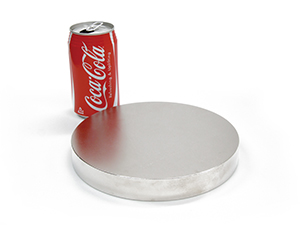
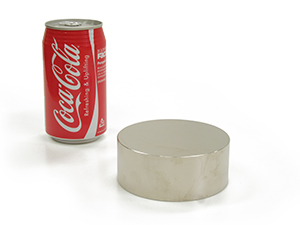
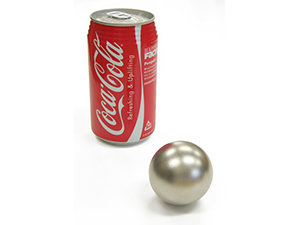
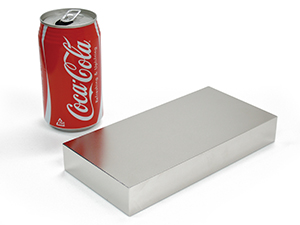
An example of an accident that occurred when handling a large magnet
When handling large neodymium magnets which were φ75mmX70mm andφ100mmX50mmX50mm in size, by mistake he caught his left forefinger in between the magnets. The tip of his finger was crushed. He required a 90 minute surgery but fortunately only the tip (first joint) was amputated. The magnet he used is shown in the picture below. The adsorptive power when both magnets come together is approximately 362kgf(3,553 newtons). This means that in order to pull the magnets apart a force of over 362kg is needed.
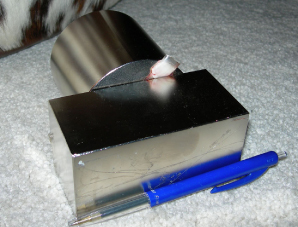
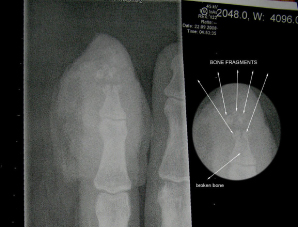
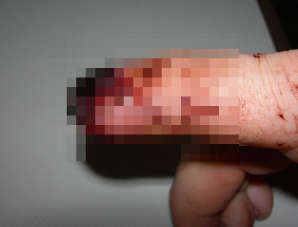
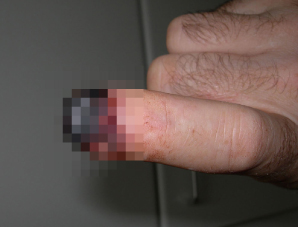
| N35 | φ75mmX70mm | 100mmX50mmX 50mm |
Total |
|---|---|---|---|
| Adsorptive power | 188 kgf | 173 kgf | 362 kgf |
| Body mass | 2.31 kg | 1.87 kg | 4.19 kg |
| Magnetic flux density | 526 mT | 475 mT | - |
If a finger, hand or limb gets caught in between a large magnet and cannot be removed
If the event of an accident, try to prevent further damage by taking proper measures while staying calm. If you cannot remove the magnet by yourself, immediately call emergency and request for help. Tell the emergency crew or person removing the magnet to use a tool that is not magnetic and will not attach to the magnet. Using magnetic tools such as bars, hydraulic jacks, iron plates or iron tools may make the situation worse and more difficult to rescue your finger, hand or limb because those tools would attach to the magnet.
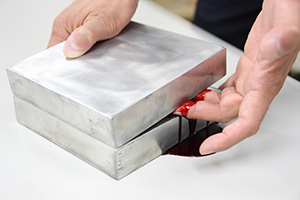

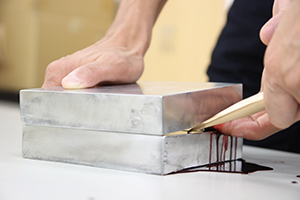

Safety measures for handling large magnets
If skin is caught between magnets, internal bleeding will occur and the skin may be torn. Wear safety gloves or cotton work gloves as needed as by doing so, such serious injuries could be prevented. By using non-magnetic tools or wood, disasters can be avoided. When handling magnets, if possible use tools made of a non-magnetic material such as stainless steel that does not attach to the magnet. The safest non-magnetic tools other than stainless steel are available in stores as explosion-proof tools. Explosion-proof tools are made of beryllium copper or beryllium bronze which are beryllium copper alloys (BeCu) and are strong but non-magnetic ad do not cause explosions. The picture shows a bar made of non-magnetic beryllium copper. Since it does not attach to the magnet and is strong, it can be used as a safety tool.
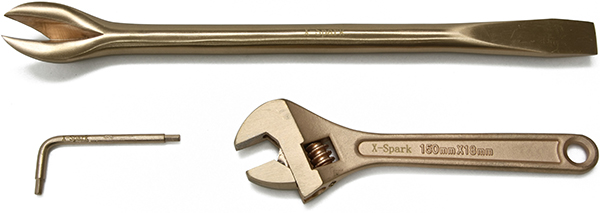
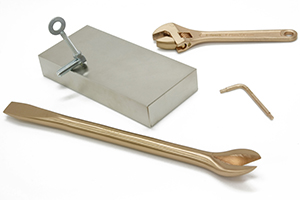
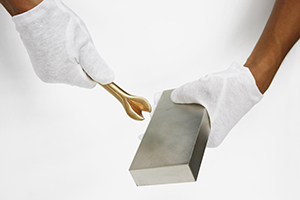

 Discs / Rods
Discs / Rods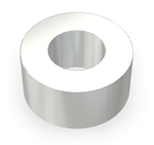 Rings
Rings Arc Segment
Arc Segment Squares
Squares Spheres
Spheres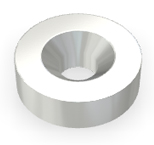 Disc Countersunks
Disc Countersunks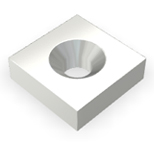 Square Countersunks
Square Countersunks A-Disc Countersunks
A-Disc Countersunks B-Disc Counterboreds
B-Disc Counterboreds C-Thread Male
C-Thread Male D-Thread Female
D-Thread Female E-Hooks
E-Hooks F-Eyelet hook
F-Eyelet hook G-Discs
G-Discs H-Filettatura Interno
H-Filettatura Interno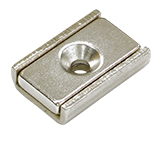 LA-Square Countersunks
LA-Square Countersunks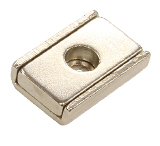 LB-Square Counterboreds
LB-Square Counterboreds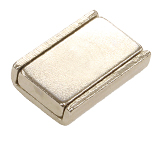 LG-Squares
LG-Squares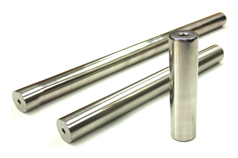 Bar
Bar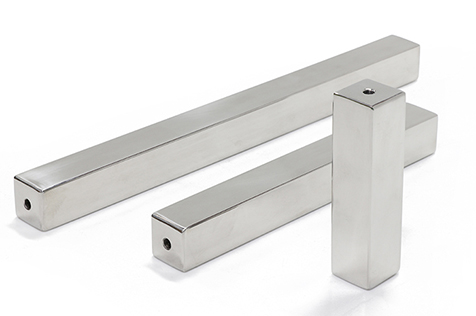 Square
Square Rectangular Filter
Rectangular Filter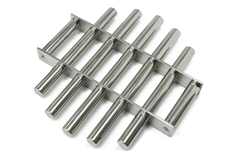 Round Filter
Round Filter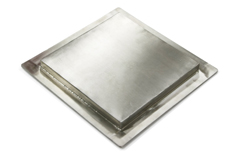 Plate
Plate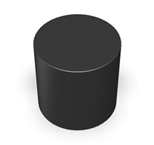 Discs / Rods
Discs / Rods Squares
Squares Discs / Rods
Discs / Rods Rings
Rings Squares
Squares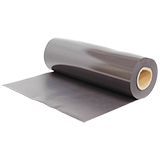 Rubber magnets
Rubber magnets Discs / Rods
Discs / Rods Squares
Squares